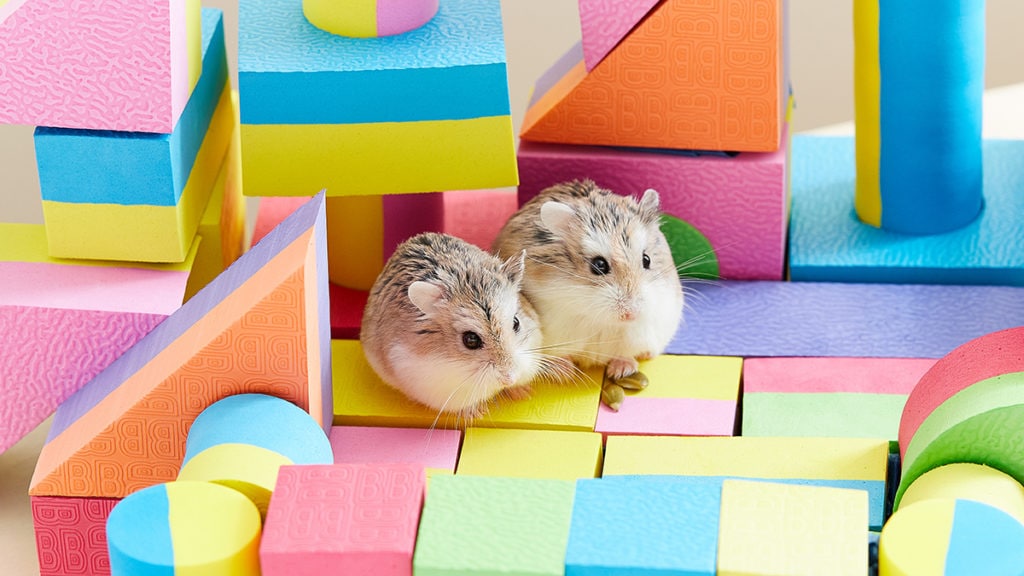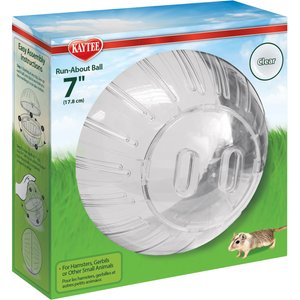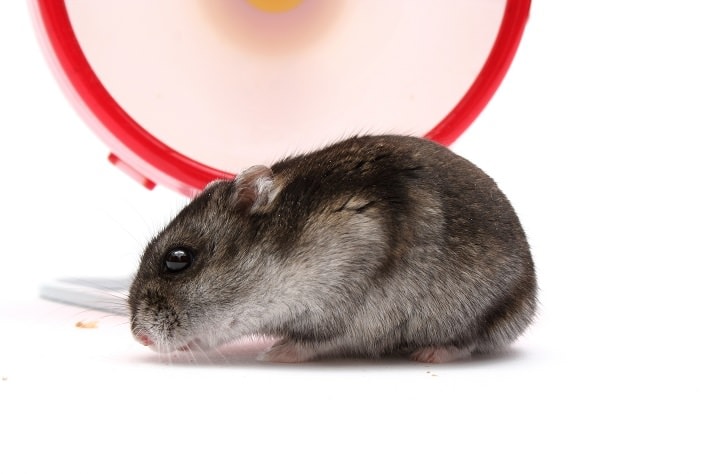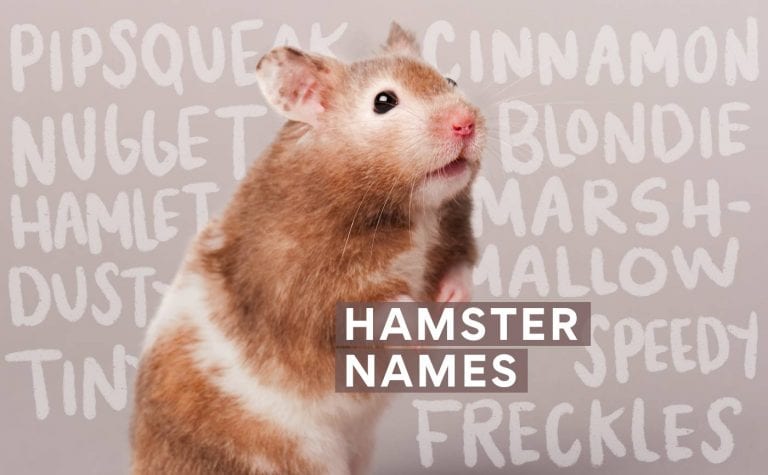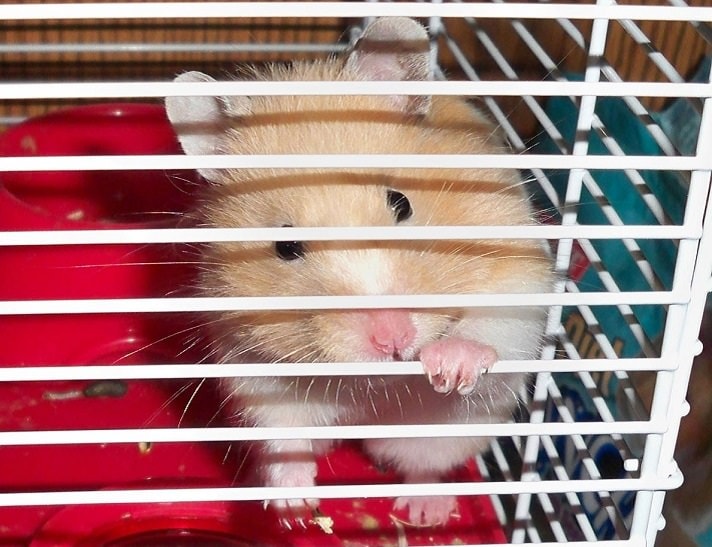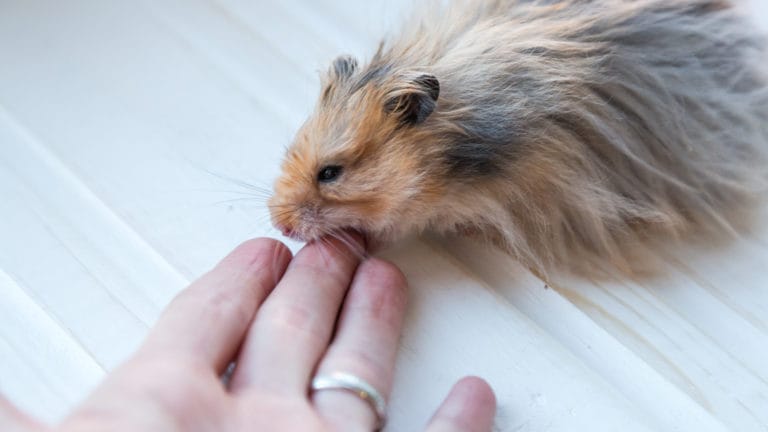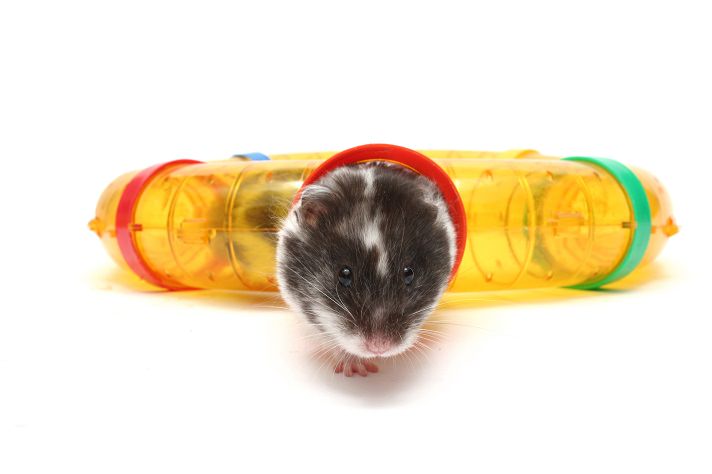So you’ve adopted a precious little hamster—congrats! You’re now the lucky parent of a cute and cuddly furball—now you just need to figure out how to take care of a hamster. In general, hamsters stay small and cuddly, and are relatively inexpensive to care for.
Caring for a hamster requires an understanding of their unique needs. This guide will provide you with tips on how to take care of a hamster so you can form a special bond with your new pocket pet and keep her happy and healthy for years to come.
Bringing Your Hamster Home
It’s important to help your new hamster ease into her environment.
“When you first bring home your new hamster, she’s likely to feel stressed by the transition,” says Dr. Linda Siperstein, DVM, at the VCA Wakefield Animal Hospital in Wakefield, Massachusetts. “You can ease your hamster’s stress by setting up her cage with appropriate accessories and food before you bring her home.”
Dr. Superstein recommends giving your new hamster privacy while they adjust to their new home.
“Cover the cage with a cloth for the first day or two to allow your hamster to explore her new home with greater privacy and fewer restrictions,” Dr. Siperstein says.
That also means holding off on handling them for a few days.
“Don’t rush to handle your new hamster,” Dr. Siperstein says. “Give her a few days to acclimate to her new home before you start petting her or picking her up.”
Dr. Siperstein also advises against having friends or visitors handle your hamster during the adjustment period.
Hamster Habitats
Proper hamster care starts with the right habitat. Hamsters like to segment space by function, just like humans. They create separate areas for sleeping, eating and going to the bathroom. For that reason, Dr. Siperstein says “bigger is better when it comes to hamster housing.”
The right type of habitat for your hamster depends on which kind of hamster you have. A wire cage, such as the Kaytee Multi-Level Habitat, is great for the larger Syrian hamster; it provides good ventilation, is easy to clean and comes in a variety of styles. Avoid wire hamster cages that have wider gaps if you have a smaller hamster, like the dwarf hamster, to prevent them from escaping.
See the best-selling and best-rated hamster cages tested and approved by Chewy pet parents.
Once you have the perfect habitat, you’ll need to find the best location for your hamster’s dwelling. Hamsters prefer moderate temperatures between 65 to 75 degrees Fahrenheit. Make sure your hamster doesn’t get too hot by keeping their home away from heat sources like stoves, fireplaces and direct sunlight. To make sure they don’t get too cold, avoid unheated rooms, breezy areas, garages or other chilly locations.
“When the temperature falls below 60 degrees, hamster activity levels decrease, and temperatures below 50 degrees can prompt hibernation,” Dr. Siperstein says.
Like with any other pet, temperatures below freezing can be fatal for your new hamster.
To help make your new hamster at home in their new habitat, try adding some small animal bedding. A layer of bedding allows hamsters to burrow and make their new habitat into a home.
To help keep your hamster active and happy, you can add fun hamster toys and accessories to their habitat. Hamsters like to burrow, so hamster toys like the Prevue Pet Products Grass Hut are the perfect form of entertainment.
Hamster Diet
Knowing how to take care of a hamster means making sure they get the proper nutrients. The hamster diet mostly consists of commercial pellets and seed mix. Kaytee Forti-Diet is a commercial hamster food that is nutritionally balanced and includes probiotics and Omega-3 for proper heart, brain and eye function—a great choice for new hamster parents.
Pet parents can treat hamsters with a small amount of greens or fruits. (Apples, minus the skins and seeds, are a good choice.)
“About one tablespoon of pellets or seed mix once a day, supplemented by treats, will be enough food,” Dr. Siperstein says.
When it comes to hydrating your hamster, opt for a bottle over a bowl. Bowls can be knocked over, causing a spill and wetting your hamster’s bedding. Hamster water bottles, such as the Choco Nose No-Drip Small Animal Water Bottle, can’t be easily spilled.
“Hamster kidneys are extremely efficient at recycling water, and on a moist diet or when offered fruit, they often don’t appear to drink much,” says Dr. Philippa Elliott, MRCVS, retired veterinarian from the UK with over 27 years in companion animal practice.
Hamster Grooming
As talented self-groomers, hamsters don’t need to be bathed. They produce natural oils that their coats require.
“Only bathe your hamster if there is something stuck in its fur or if she has come into contact with a toxic chemical,” Dr. Elliot says.
If you do need to bathe your hamster, try a sand bath first. As your hamster rolls around in the sand the dirt will naturally fall off. Chinchilla sand like Kaytee Chinchilla Bath Sand is a good option. Make sure you purchase sand, not dust, as dust can cause respiratory problems in hamsters.
If that doesn’t work, you can put a drop of unscented pet shampoo into water and dip a wash cloth into the solution. Use the damp cloth to clean your hamster’s fur, but be sure to avoid wetting your hamster’s face.
“Be careful when wetting your hamster as he can easily catch a chill,” Dr. Elliott says.
Any odors coming from your hamster’s home probably stem from the habitat, not your pet. You can avoid odors by cleaning your pet’s habitat often.
Hamster teeth grow constantly, but gnawing on hamster-safe materials can help keep them from growing too long. A few good options include unpainted, untreated wood chips, hay and twigs.
Hamster Fitness
Exercise is a vital way to help your hamster reach optimal health. Just like you, your hamster needs a variety of exercise options to keep up with their fitness. A hamster wheel like the Kaytee Silent Spinner Small Animal Exercise Wheel fits comfortably in your hamster’s habitat, and satisfies their instinctual need to run.
Additions to your hamster’s habitat, like ladders and tubes, give them opportunities to run and burrow.
Clear exercise balls like the Kaytee Run-About Small Animal Exercise Ball allow your pocket pet to take their exercise beyond her habitat, and explore new areas during their cardio routine.
Hamster Socialization
Spending quality time together is an important part of creating a bond with your hamster. Once they have adjusted to their new home, take your hamster out of their cage and pet them. Treats are another great way to bond with your pocket pet.
It’s important to remember hamsters are prey animals and may feel threatened by you. Never corner your hamster or grab and restrain her. And keep your voice low. Hamsters have great hearing, and loud noises will intimidate them.
Now that you know how to take care of a hamster, you’re off to a great start as a hammy parent. If you provide your hamster with the proper care and lots of love, you’ll be forming a special bond with your new cuddly companion in no time.
Share:
